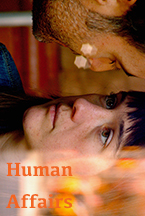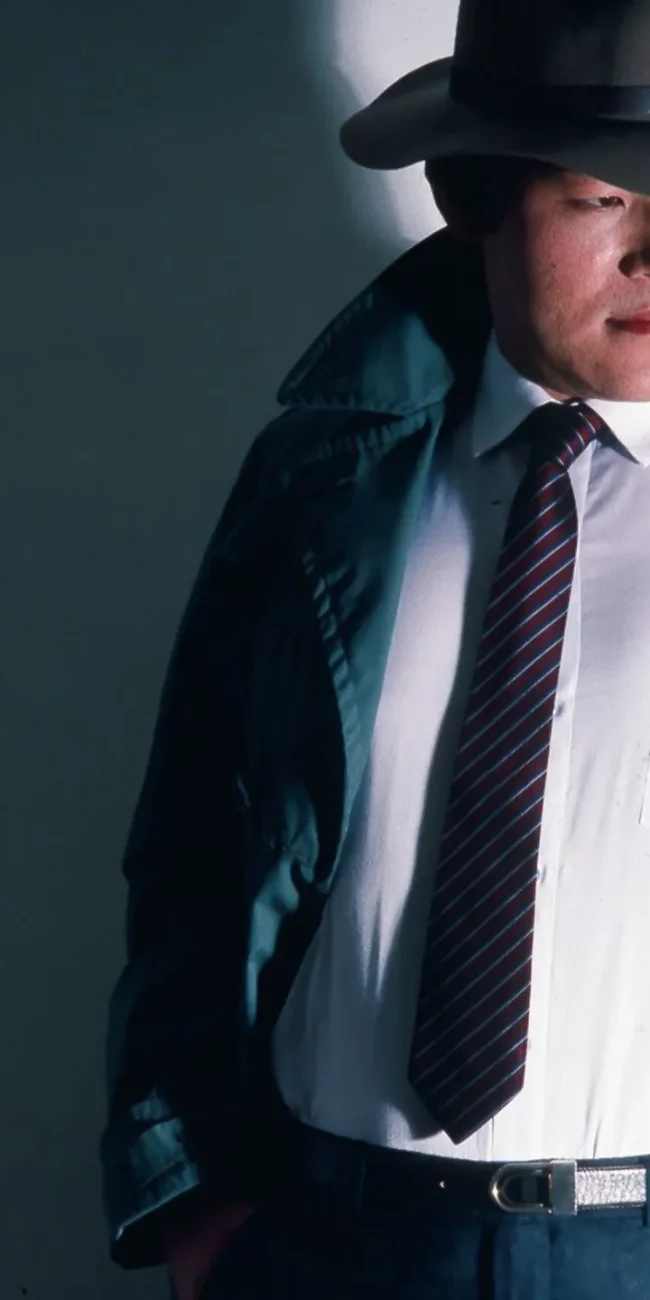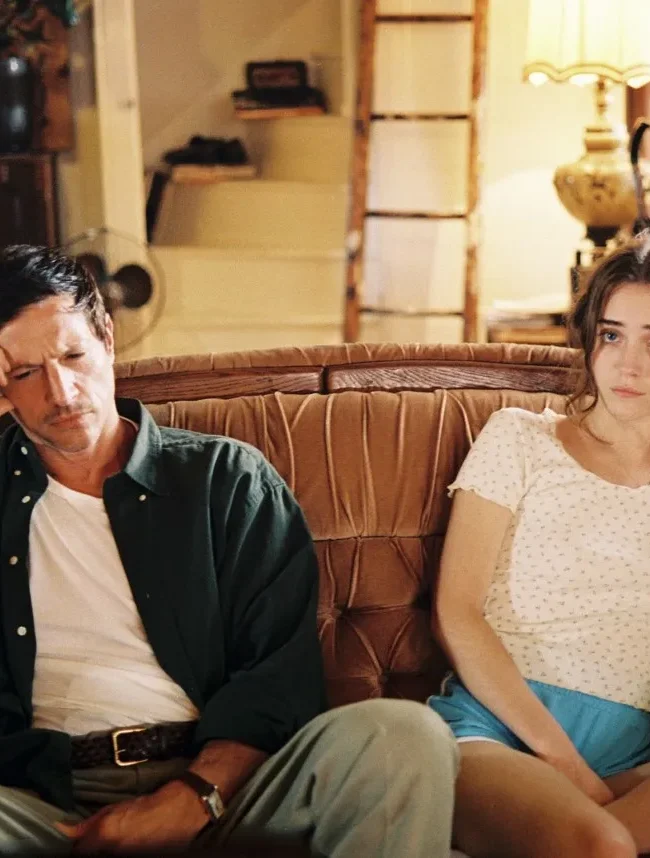HUMAN AFFAIRS

(The 24th Annual Slamdance Film Festival runs January 19-25 in Park City, UT. Hammer to Nail has you covered and guarantees more coverage than any other site. Watch us work it!)
Premiering in Slamdance’s Narrative Feature competition, Charlie Birns’ Human Affairs is an entrancing examination of human behavior, focusing specifically on Genevieve’s (Julie Sokolowski) experiences as a 26-year-old surrogate mother.
We consume selected details of Genevieve’s past by way of a series of images coupled with a voiceover that feels like Genevieve is reading directly from her diary. For the most part, the poetically assembled images are metaphoric or intended to reflect feelings, rather than documenting reality. Shot in grainy film (by Sean Price Williams) that is gorgeously accented by natural light, the lush images feel like they have been culled from Genevieve’s personal 8mm film archive. Genevieve philosophically pontificates during this, what we’ll call the prologue, about the way things feel and the way things are. You might say that this entire prologue is about the way things feel – perhaps the whole film is about the way things feel, rather than the way things are? Genevieve also wonders if just because we believe that something is true, can we ever be sure? All the while, I wondered during the prologue if the entire film would be presented in this style? Umm… Wait, did I just ask that question out loud? Okay, I should therefore clarify that it would not be such a bad thing, just something to adjust to.
But as the more traditional narrative kicks in, the sentiment about “Truth” still reverberates in our minds. Genevieve goes on a trip to spend the weekend with Lucinda (Kerry Condon) and Sidney (Dominic Fumusa), the intended parents of her baby. As the weekend unfolds, it becomes increasingly obvious that Birns is purposefully leaving certain holes in the narrative, thus tempting the audience to fill in the blanks. Who did what and when, how and why did that prompt the particular reaction we are witnessing at some point afterwards? One might suggest that Birns’ approach is particularly Lacanian in nature. It is partially our personal backgrounds (perhaps our subconscious?) that will inform what we believe happens, but Birns also provides us with hints (and red herrings?) to influence our opinions.
Speaking of filling in the blanks, the narrative segment seems to end one place while the closing, what we’ll refer to as the epilogue, starts somewhere else. It is a mighty big and complicated gap to fill in, and Birns’ curiously (ironically?) provides us only with a photo montage that feels remarkably like a Chris Marker homage. It is an intriguing collection of images, don’t get me wrong. It is certainly one that spans a great deal of time. How many of our questions does it answer? Not many. But does that really matter? Did we really expect any absolutes or closure from Human Affairs? I think Birns was extremely clear from the get-go that would never happen. Birns remains stoically oblique until the very end, and he deserves a lot of credit for that. This is a film that is intended to trigger many more questions than it has answers. The topic of the film, surrogacy, alone is riddled with so many ethical questions, to which I suspect many viewers will have different answers. (Just to list a few: Can surrogacy be used as an exploitation and/or commodification of women? Is it a basic human right to be able to make contracts regarding one’s own body? What does motherhood mean?) If Birns provided us with his answers, most of us would likely disagree. So, why not let us figure it out on our own?
– Don Simpson (@thatdonsimpson)











